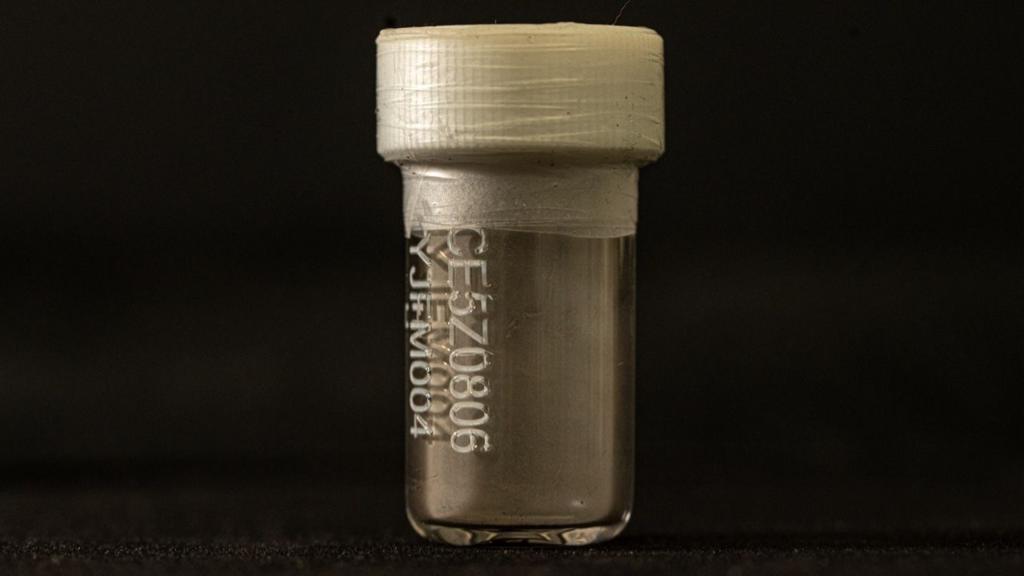Lunar samples, the first to arrive in the UK in nearly 50 years, have been received on loan from China. These precious grains of lunar dust are secured in a high-security facility in Milton Keynes.
Professor Mahesh Anand, the sole UK scientist granted access to this rare material, describes it as “more precious than gold dust.” He highlights the unique opportunity, stating, “Nobody in the world had access to China’s samples, so this is a great honour and a huge privilege.”
Professor Anand’s team plans to analyze the dust using laser ablation and grinding techniques to investigate fundamental questions regarding the Moon’s formation and Earth’s early history. The samples may offer evidence supporting the theory that a Mars-sized planet collision with Earth formed the Moon 4.5 billion years ago.
The samples originated from the Chang’e 5 mission’s 2020 landing in the Mons Rümker volcanic region. A robotic arm collected 2kg of material, returned to Earth in a capsule landing in Inner Mongolia. This successful mission marked the first lunar sample return since 1976, establishing China as a leader in space exploration.
Reflecting a long-standing tradition of international collaboration, China has provided seven international researchers with access to these samples. Professor Anand received his samples at a ceremony in Beijing, meeting colleagues from various nations.
He transported the samples back to the UK in his hand luggage. At the Open University’s Milton Keynes lab, rigorous cleanliness protocols—including sticky mats, gloves, gowns, hair nets, and hoods—are in place to prevent contamination.
Within a high-security room, three vials, each containing a trace amount of dark grey lunar dust, are stored. While seemingly unremarkable, the samples hold immense scientific value. Professor Anand emphasizes the significance of this small quantity: “Here, the small is mighty. Believe me, it is enough to keep us busy for years to come.”
Technician Kay Knight, with 36 years of experience, will prepare the samples. She expresses both excitement and apprehension, acknowledging the high stakes involved in working with such a limited and irreplaceable resource.
Specialized equipment will then be utilized. Sasha Verchovsky’s custom-built instrument, dating back to the early 1990s, will heat samples to 1400°C for gas extraction. James Malley will use laser ablation to analyze oxygen content. The research, expected to last a year, will likely consume the samples in the process.
China’s space program continues to advance, with the Chang’e 6 mission returning samples from the lunar far side in 2024. Professor Anand expresses his hope for continued international collaboration, stating, “I very much hope that this is the beginning of a long-term collaboration… I hope that other countries will follow suit.”
Get our flagship newsletter with all the headlines you need to start the day. Sign up here.
Giant tyre firms are testing tyres that can survive conditions on the Moon and Mars.
Prof Mahesh Anand is the first UK scientist chosen to receive samples from the 2020 Chang’e-5 probe.
Tony Harnett says the shot, taken from six miles away, has taken years to capture perfectly.
Proponents say space-based data centres will be more secure, but sceptics say big hurdles remain.
Asteroid 2024 YR4 won’t hit Earth but now has a 3.8% chance of striking the Moon.

